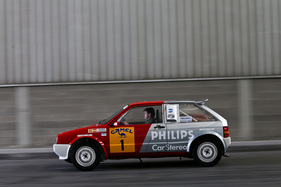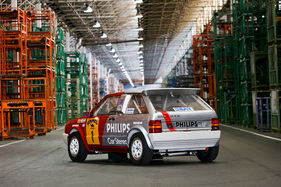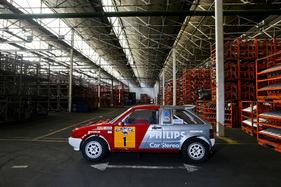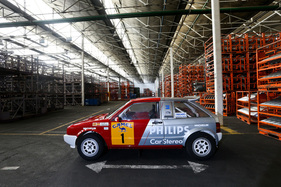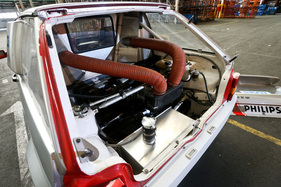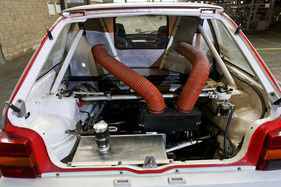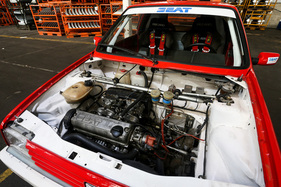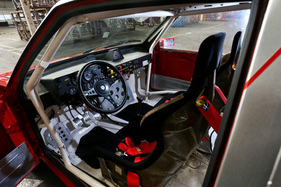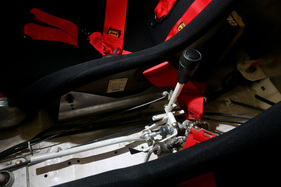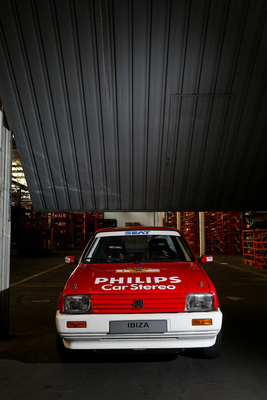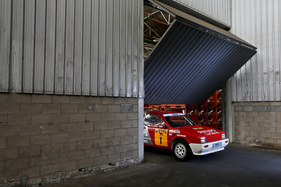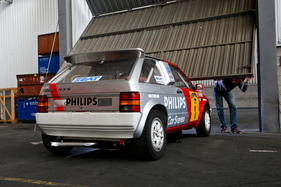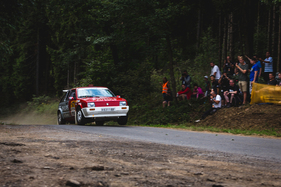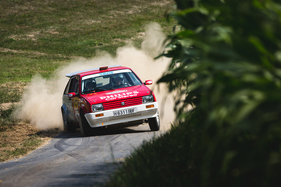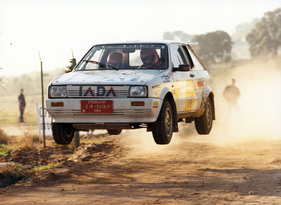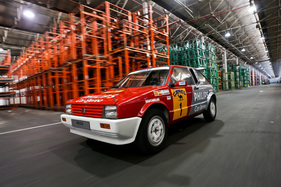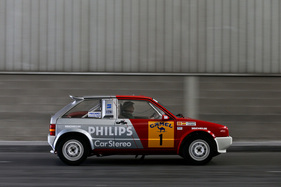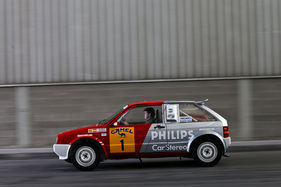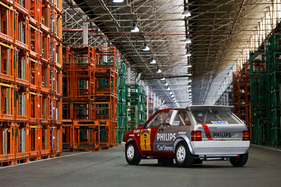Seat Ibiza Bimotor - Driving in stereo
Summary
With a talent for improvisation and creativity, Seat built the most unconventional version of an all-wheel-drive rally car imaginable in 1986. An exclusive drive at the limit with the Ibiza Bimotor.
This article contains the following chapters
- The way out
- End of the Spanish philosophy lesson
- The clutch and gearshift
Estimated reading time: 6min
Preview (beginning of the article)
Seat's first years after the divorce of its long-term marriage with Fiat tasted a little like a patchwork family. The manufacturer, which was once again wholly state-owned, was newly partnered with Volkswagen and produced the Polo, Passat and Santana for the then import-protected Spanish domestic market on behalf of Wolfsburg. The Ronda and Marbella models were boldly advertised as in-house creations, but were in fact more or less successful facelifts of the Ritmo and Panda. The Catalans' pride and joy was rightly the compact Ibiza: it stood for a new start for the brand - and was based on the Fiat Ritmo. In addition to the small petrol engine and the diesel (also old acquaintances from the Fiat range), it was the two larger petrol engines in particular that caused a stir. The 1.2- and 1.5-liter engines, initially with 63 and 85 hp respectively, bore a remarkable inscription on the valve cover: "Seat - System Porsche" - a magnanimous announcement. In fact, it was a further development of the VW engine with the internal identification number EA801, the "small block" in the Volkswagen universe, so to speak, with a displacement of 1.1 and 1.3 liters. Seat's work and Porsche's contribution were particularly noticeable in the bores and a revised valve control - the lettering cost the Spaniards seven Deutschmarks license fee per car. Porsche would probably not do it that cheaply today, even though it is now under the same corporate umbrella.
Continue reading this article for free?
Photos of this article






